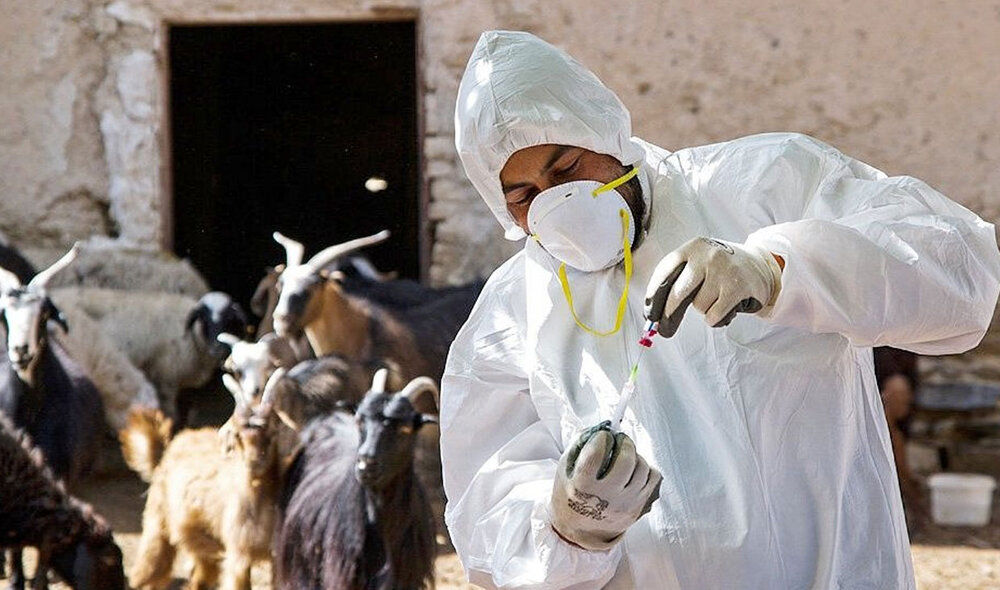Over 16,000 cases of Brucellosis diagnosed in Iran last year

TEHRAN – More than 16,000 cases of Brucellosis were diagnosed in Iran during the past Iranian calendar year 1397 (March 2018-March 2019), said Behzad Amiri, the head of zoonotic diseases department at the ministry of health.
According to the World Health Organization, Brucellosis is a bacterial disease caused by various Brucella species, which mainly infect cattle, swine, goats, sheep and dogs. Humans generally acquire the disease through direct contact with infected animals, by eating or drinking contaminated animal products, or by inhaling airborne agents.
Consumption of unpasteurized milk and dairies as well as contact with an animal or animal product infected with the Brucella bacteria are the main cause of Brucellosis, Amiri said.
Western, northwestern and northeastern provinces are the most affected regions in Iran, he added.
“Information dissemination to animal farmers as well as vaccination of livestock have been conducted in this regions,” he noted.
Brucellosis, causes, symptoms, and treatment
According to webmd.com, there are several different strains of Brucella bacteria. Some types are seen in cows. Others occur in dogs, pigs, sheep, goats, and camels. Recently, scientists have seen new strains in the red fox and certain marine animals, including seals. Brucella in animals cannot be cured.
The disease has been reported in more than a half-million people each year in 100 countries, according to the World Health Organization.
Very rarely, the bacteria may spread from person to person. Breastfeeding moms with brucellosis may pass the bacteria to their baby.
The bacteria can enter your body through a cut or scratch in the skin when you breathe in contaminated air (rare), and when you eat or drink something contaminated with the bacteria, such as unpasteurized milk or undercooked meat.
* What are the symptoms of Brucellosis?
General symptoms of brucellosis are often vague and similar to the flu. They may include fever, back pain, body-wide aches and pains, poor appetite and weight loss, headache, night sweats, weakness, abdominal pain, and cough.
Your doctor will examine you. You may have a swollen liver, swollen lymph nodes, a swollen spleen, unexplained fever, joint swelling and pain and a rash.
Blood tests will be done to diagnose the infection and determine what type of Brucella is making you sick. Proper identification of the bacteria helps pinpoint the source of the infection.
* How is Brucellosis treated?
Brucellosis can be difficult to treat. If you have brucellosis, your doctor will prescribe antibiotics.
You will generally be given doxycycline and rifampin A in combination for 6-8 weeks.
You must take the antibiotics for many weeks to prevent the disease from returning. The rate of relapse following treatment is about 5-15% and usually occurs within the first six months after treatment.
Recovery can take weeks, even months. Patients who receive treatment within one month of the start of symptoms can be cured of the disease.
* How can I prevent Brucellosis?
Do not drink or eat unpasteurized dairy products, wear rubber gloves if you work in the animal processing industry, if you have come in contact with an animal infected with Brucella, tell your health care provider -- even if you do not have symptoms. You will need to be monitored for at least six months. There is no effective human vaccine to prevent Brucellosis.
SB/MG
Leave a Comment